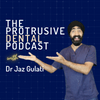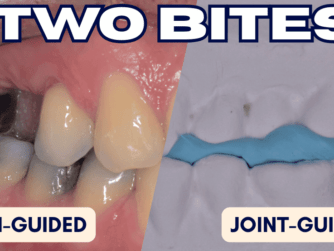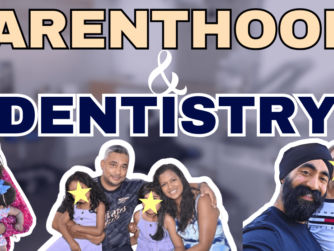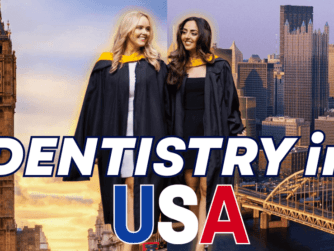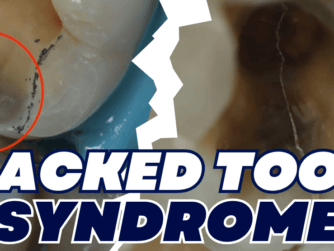Podcast: Play in new window | Download (Duration: 50:13 — 71.8MB)
Subscribe: RSS
Have you ever been planning a smile (this could be a complete denture or some veneers!) and thought ‘where do I begin’?
Planning aesthetic dentistry involves more than just the teeth. A great smile is ‘facially driven’ – where do the teeth sit in relation to the face?Today we are joined by Dr. Josh Rowley to share the four rules of planning Aesthetic Dentistry (you will love them).
The Protrusive Dental Pearl: Don’t start complex/comprehensive treatment on someone who is not sure or not motivated.
Highlights in this episode:
- 2:58 The Protrusive Dental Pearl – Communication Tip
- 14:49 Screening for the first point of contact for Orthodontic patients
- 16:36 Four rules of planning Aesthetic Dentistry
- 35:10 SureSmile Aligners
- 39:35 Low trim height
- 41:24 High trim height
- 44:03 Support system for Sure Smile
Check out the courses that Dr. Josh teaches through IAS Academy and SureSmile Aligners
